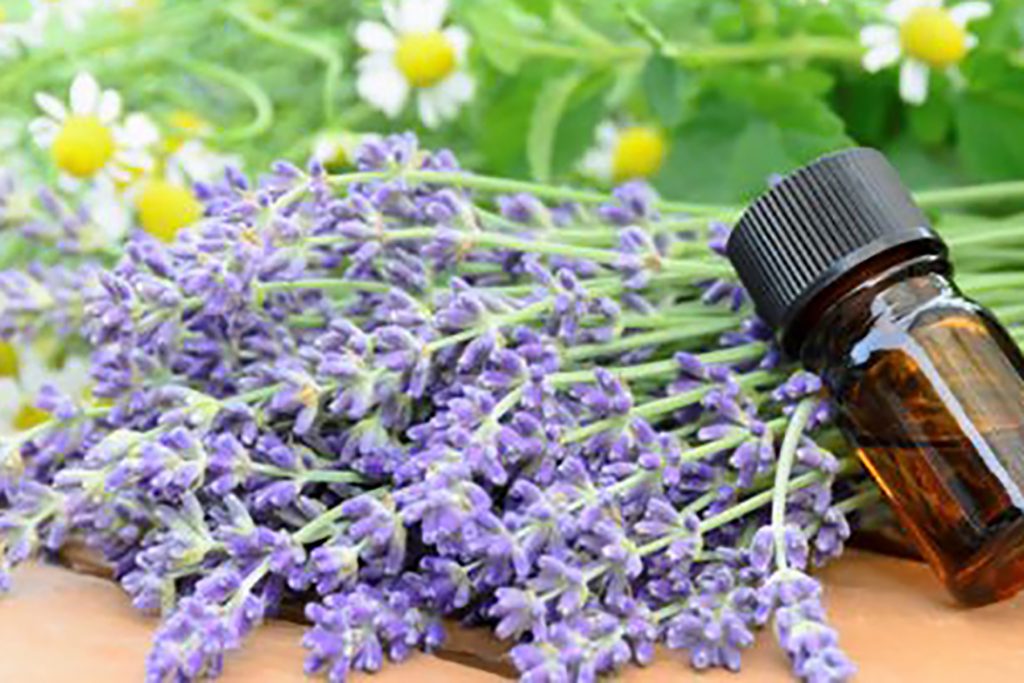
Making perfumes is an exquisite endeavor, though most do not know that it is not a simple task in finding just the right blend for a fragrance and it is definite labor of love.
The art of making perfume dates back as far as 3500 B.C. and was very important to the Egyptians and then later to the Greeks and Romans.
What is known is that the first use of fragrances and oils for personal hygiene was used after bathing and rubbed into the skin while still moist.
There are three types of fragrances: 1) classical, 2) single note and 3) linear fragrances.
The classical is a mixture of ingredients that blend harmoniously. This is where you will have three distinct notes: top, middle and base. These notes begin with a top note that would be the first impression you would smell from the fragrance, though quickly fades away into the middle note. The middle note is the heart of the perfume that you would normally smell within 10 minutes after applying the fragrance. Once this begins to fade the base note is discernible and is responsible for the duration of a fragrance on the skin as well as the depth and intensity of the perfume in its whole.
Single note fragrances would be a fragrance that is focused on one specific scent, like a lavender or rose scent. It will often be mixed with other ingredients that will help intensify the primary note to help prolong the duration of the fragrance. An example of this is rosemary helps the fragrance of lavender stand out.
Linear fragrances while they may have a middle and bottom note, the normally have the same impact several hours later as when you first applied it.
Examples of the Fragrance Family:
Agrestic which would be smells of hay, tobacco leaf, elder-flower, and oak-moss, that is found in the outdoors.
Balsamic/Oriental are sweet, warm, and can be considered heavy aromas like amber, benzoin, musk and vanilla.
Citrus which includes fragrances that are fresh smelling, clean, light and best suited for eau de toilette. These include lemons, limes, oranges, cedrat, lemongrass, verbena, bergamot, and mandarins.
Coniferous fragrances have tones of conifer trees like firs and pines.
Floral which include delicate floral aromas such as mimosa, potent floral scent such as jasmine, floral aroma with a sedative quality like narcissus, and floral rose like.
Fruity aromas like black currant, roman chamomile and tagetes are some wonderful scents to consider.
Green includes, the fragrances like spearmint, violet leaf, mowed grass, and bamboo.
Herbal would be scents like holy basil, rosemary and lavender to name a few.
Medicated you would never normally think of it as a fragrance for perfume, though they play a wonderful role in many fragrances. Some of these are eucalyptus, tea tree, menthol, wintergreen, and camphor.
Spicy includes fragrances that have a medium to long lasting power, such as cinnamon, nutmeg, bay leaf, cassia, cloves, pimento, and mace has a fragrance profile of the unconventional, outgoing, social, innovative, and original.
Woody would be fragrances such as sandalwood, cedar-wood, balsamic, pine slightly sweet and musky patchouli, smoky vetiver. Originally woody scents were used in male fragrances, though today they are in a broad range of fragrances for both men and women.
Knowing Your Notes!
Top Notes are called Head Notes and are responsible for the first impression of a perfume. When applying perfume this is the first scent you will surface and is normally the most volatile, though only last at the most 10 minutes. Once faded the Middle Note comes into play.
Middle Notes are called Heart or Medium Notes and are the dominant trait in the perfume and starts to appear on the skin after the Top Note has faded. The Middle Notes last several hours. Normally these notes determine the basic character of the fragrance and will normally dictate the fragrance family it falls into.
Base Notes are called the Lower or Back Notes and are discernible once the Middle Note has faded. These notes are responsible for the perfumes duration and depth and intensity characterized by them. It is the perfumes fixative, whether natural or synthetic substances that can be amber, animalic, resinous, woody in nature. These fragrances prolong the fixative duration and makes other scents mixed with it hold their notes. These notes can last on the skin for hours and possibly longer.
Percentages & Alcohol Levels for Spray or Splash Fragrances:
Perfume would contain 20-40% fragrance oil concentration.
Eau de Perfume would contain 15-20% fragrance oil concentration.
Eau de Toilette would contain 5-15% fragrance oil concentration.
Eau de Cologne would contain 2-4% fragrance oil concentration.
Eau Fraiche would contain 1-3% fragrance oil concentration and does not have a high amount of alcohol, but is mostly water.
Personally for all spray or splash fragrances I use 100 proof vodka or everclear. For any recipe that uses water, please use distilled or bottle water only. When using botanicals, the best is used fresh or dried ones that are without chemicals or colors.
When making fragrances who can choose to create spray, splash, solid, water and/or oil scents.
Most perfumes today are a blend of synthetic fragrances to hold the notes of the fragrances as long as possible. Retail perfumes can have 60 up to 300 fragrances in them. Natural perfumes made from essential oils, absolutes – etc. are unique to your skin type, hair color, diet and stress levels etc., in other words no two people would have the same exact smell fingerprint!
I hope you enjoyed this article and have a blessed and wonderful day!